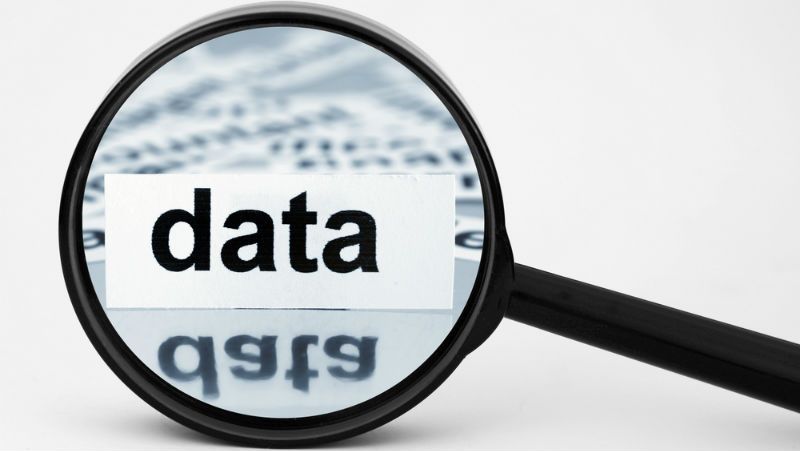To ensure the security of sensitive data, you first need to assess how you share and store your data. To make a list of the devices you use, what Wi-Fi or network you connect to, whether you use outdated technology with data on it. Think about what data you work with when you go online to share.
We do recommend that you carefully examine your options before taking any action.
Organize sensitive data
Firs of all to keep your data secure, you need to handle it effectively. Organize files and folders on your computer/smartphone so that they can be easily found when needed. While it’s important to hide sensitive folders, it’s also important not to mix them in with other unnecessary files. This simply can cause to share or delete these files accidentally.
If you have a confidential agreement in your work, don’t transfer data to a personal devices. Usually the office network has a firewall and security measures in place for your system.
Keep your operating system up to date
Using an outdated operating system can put your data at risk, no matter what else you have. Whether it’s your phone or your computer, make sure you regularly update it to the latest version of software available for that device. And if you have a device that doesn’t receive software updates, don’t keep anything confidential on it.
Encrypt your files and devices
If you want to keep anything confidential, you need to encrypt your data before you move it anywhere. It doesn’t matter whether you upload your data to the cloud or transfer it to a backup drive. You should always make sure that the data is encrypted and cannot be accessed by anyone else. Of course, opting for some of the best free cloud storage services should make a difference.
Although you’re already taking a number of security (and encryption) measures when you upload your data to the cloud, it’s better to encrypt it locally before uploading it to the cloud. A tool like Cryptomator or Veracrypt can help you securely encrypt files/folders. You can follow our file encryption guide to protect your personal and work data.
You need to write down/remember your master password (or decryption password) so that you can access them in the future. If you lose it, it will be impossible to recover the files.
When you encrypt your files and folders, you have the ability to move your data securely anywhere. However, enabling encryption on your device should prevent unauthorized access to any data on your device. This comes in handy if your device is stolen or lost. The method for activating encryption depends on the platform you are using.
All you need to do is find the appropriate option and turn it on:
- MacOS – System Preferences > Security and Privacy > FileVault
- Windows – Settings > Update and Security > Device Encryption
- Android/iOS – Using password or fingerprint encrypts device automatically.
Use a password manager
Whether you encrypt your files or store them in cloud storage, using a strong password is a must. Using a password that’s impossible to guess. You can come up with your own complex password, but remembering it for every encrypted folder/file or online account you access may not be possible.
That’s why it’s best to use a password manager for strong protection. It is usually cross-platform, and you will only have to remember one master password instead of several complex passwords.
In addition to strong passwords, you should enable two-factor authentication wherever it is possible.
Back up your data
It is always recommended to have a backup of sensitive data in case you lose access to files on your computer or accidentally delete them. A physical drive for data storage is a good solution. However, if you have sensitive documents that don’t take up much space, you can store them on multiple USB drives.
You can also make an unencrypted backup of your data for emergency access if you lose access to the encryption key. Not having an unencrypted backup can result in irretrievable loss of sensitive files. Therefore, you should evaluate your priorities and possible risks before creating an unencrypted backup.
Alternatively, you can pick a cloud-based secure backup, such as Veeam.
Ensure the physical device security
Whatever you do, make sure that unauthorized people do not have access to your device.
Having direct access to your device could leave you vulnerable to some form of tracking or malware, resulting in data theft or loss.
Use end-to-end encryption
Sharing/transferring files over the Internet always involves risk. To ensure that your recipient gets access to the files and no one else, use platforms with end-to-end encryption as often as possible. You can transmit an encrypted copy of a file through an unencrypted channel. For example email.
However, you should use applications to safely transfer file password.
Use a VPN
If you work remotely, connected to a public Wi-Fi network, or other case there are bigger chances of sensitive data loss. To encrypt your network connection and make sure no one is spying on your network activity, it’s best to use one of the best VPNs available.

